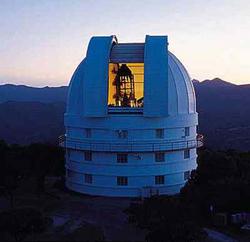Click on image for full size
Courtesy of Freeze Clip Art
Related links:
Correlations in Science
It's important in their work for scientists to know if two sets of data (or variables) are related to each other. For example, you might wonder if the amount of time a student spends reading the Windows to the Universe website is related to the grade that student gets in his or her science classes. How would you test this? How would you express your results in a way that would clearly tell other people what sort of relationship there is between these two variables?One of the most common ways a scientist does this is by noting correlation. Correlation tells if two different variables vary together - that is, if one goes up, does the other one also go up? Correlation is usually calculated using a formula that results in a number ranging from -1 to 1.
A correlation of -1 says that the two variables are inversely related. As one variable increases the other always decreases. For example, the total sales in a given day for an ice cream truck and the total snowfall for that same day might have a correlation close to -1. On days with lots of snow, not many people are buying ice cream from the truck. On days where the ice cream truckís sales are really high, itís probably not snowing.
A correlation of 1 says that the two variables are directly related. That is as one variable goes up the other does also. For example, the amount of time a basketball player spends practicing is usually closely related to the number of points he or she scores in games. This correlation would be close to 1.
Many times a correlation will be close to 0. This means that there is no obvious relationship between the two variables.
Itís important to remember that even when two variables are correlated, this does not mean that a change in one variable causes the other one to change. It just means theyíre related. For instance, when itís raining you can see people using umbrellas a lot more often, and you can see cars using their wipers a lot more often. So umbrella use and windshield wiper use are correlated, but neither causes the other. We donít use umbrellas because other people are using wipers, or vice versa. We use both because itís raining.













